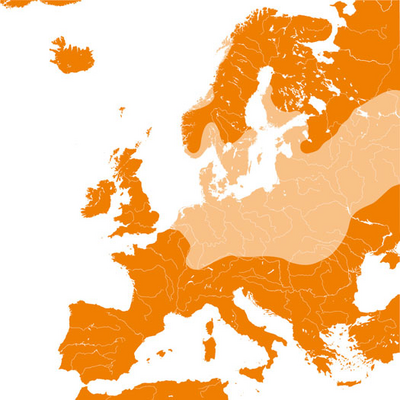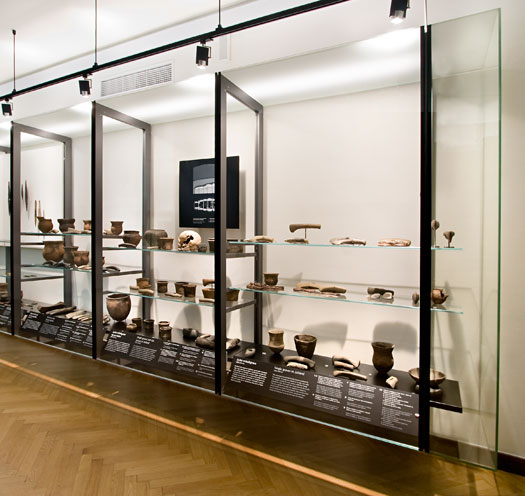The Single Grave Culture
Towards the end of the Stone Age changes began to occur. Farming became more extensive, with greater emphasis on cattle-breeding and the cultivation of barley as the main crop. The farmer had his own farm and tilled his own land. The changes first began on the light soils of south and central Jutland. The introduction of the wheel at the same time meant a technological revolution. The Single Grave Culture period gets its name from the thousands of single graves constructed in low mounds, also known as barrows.
The Single Grave Culture belongs to the Corded Ware cultures that arose in central, eastern and northern Europe, and which were closely related. The pottery was decorated with cord impressions in a common style and the stone battle axe was a fixed part of man’s equipment. This cultural uniformity reflected shared occupational, social and religious characteristics.
Pottery vessel decorated with cord impressions from a grave at Ny Ågård, Thyregod, central Jutland.




